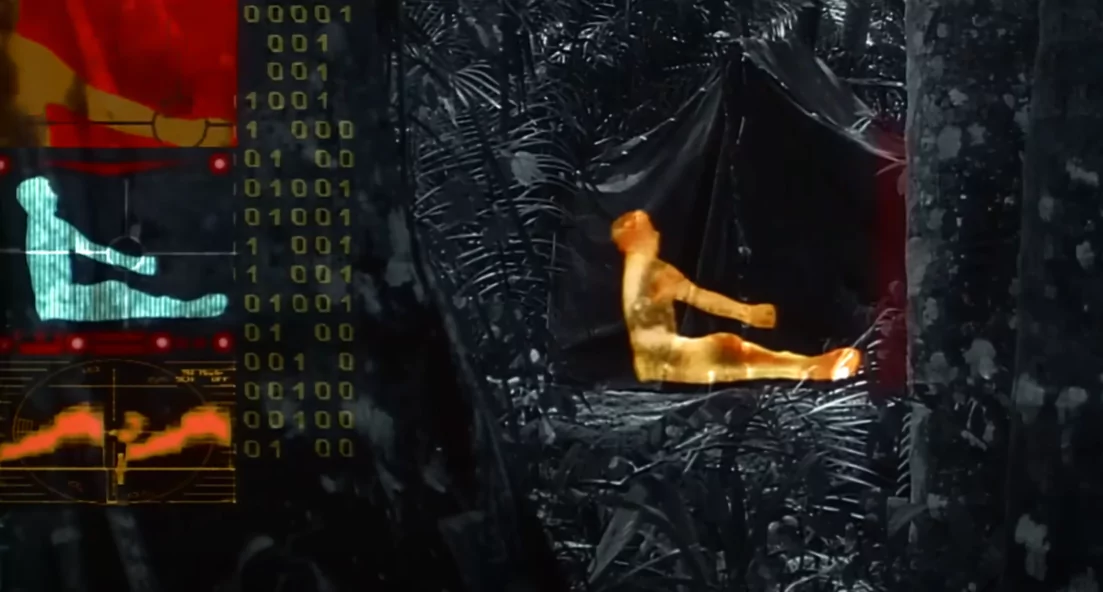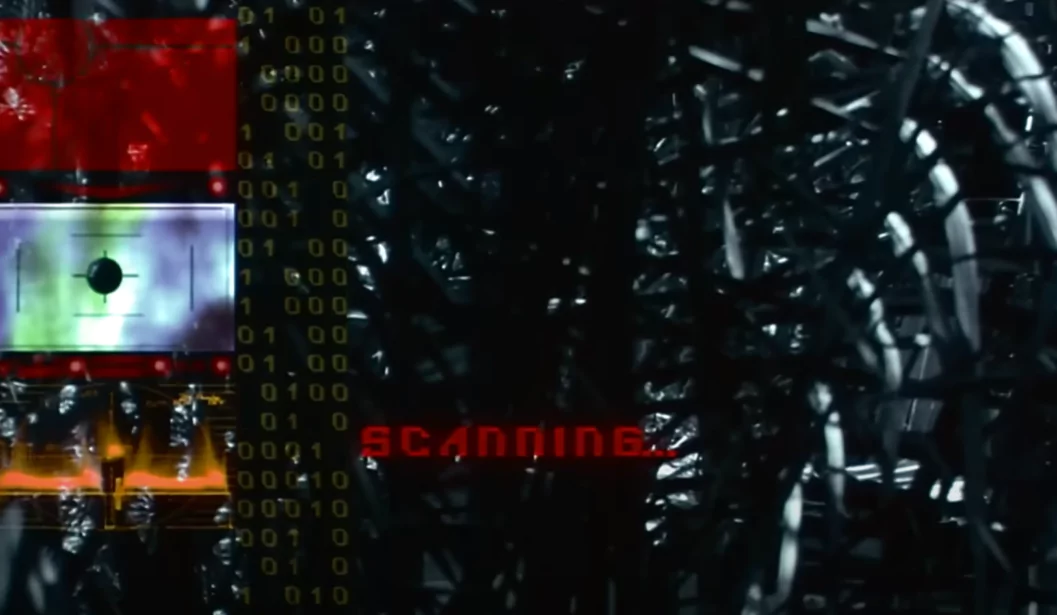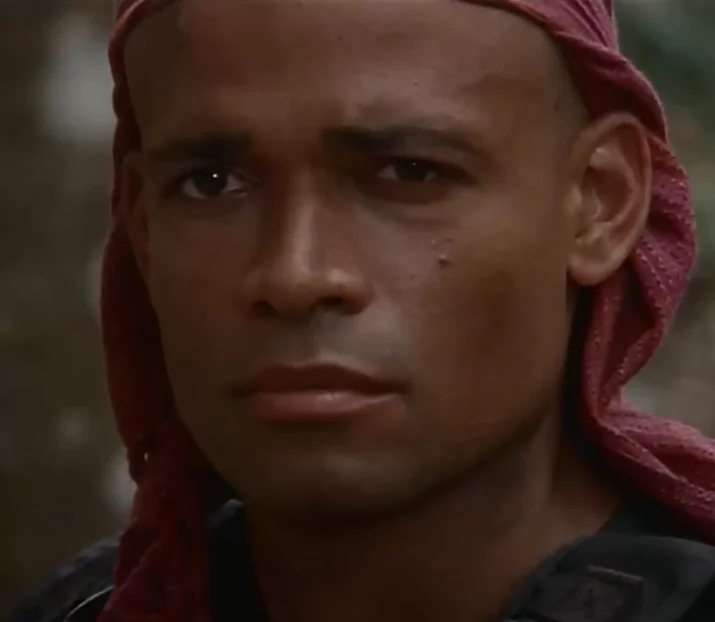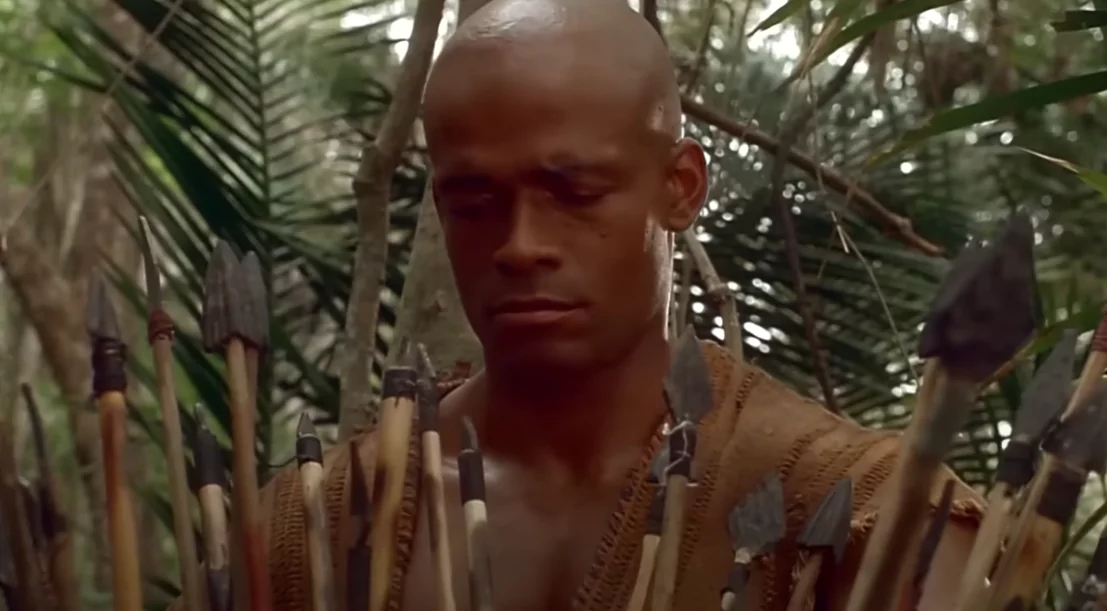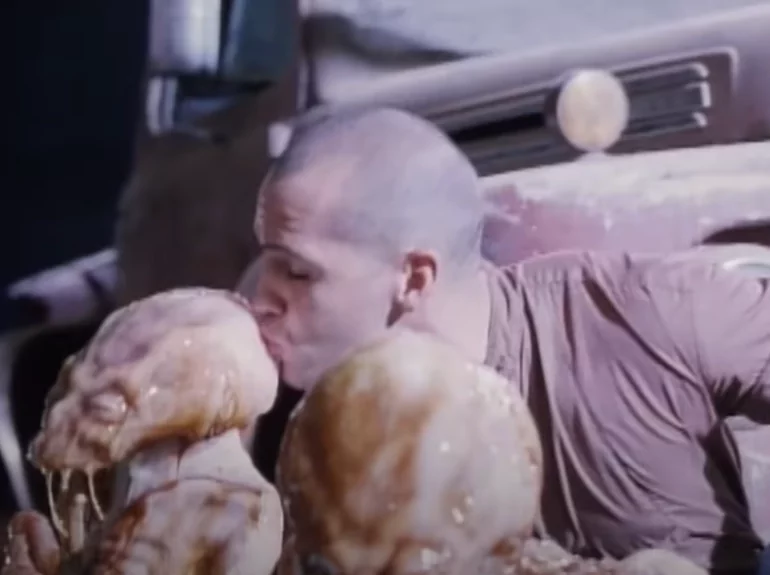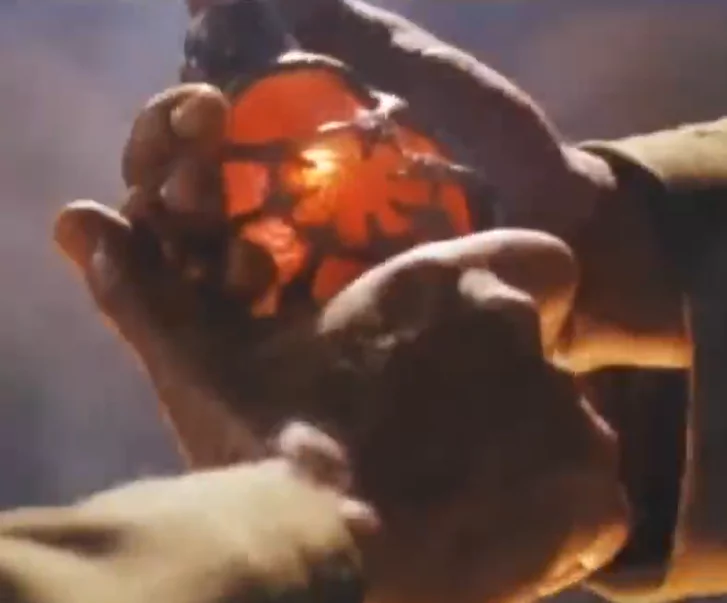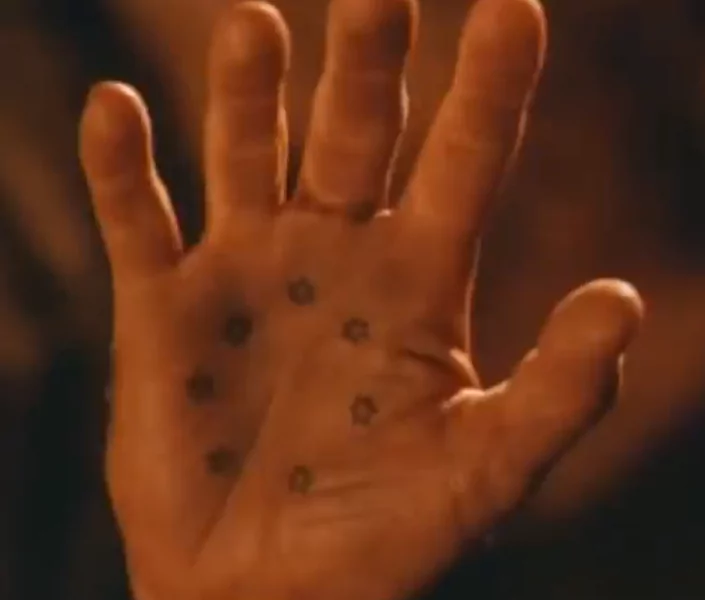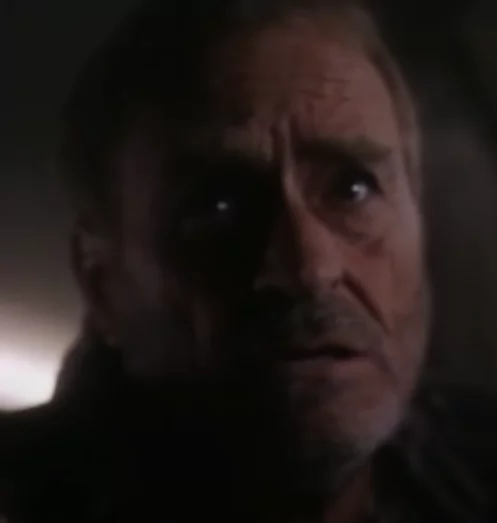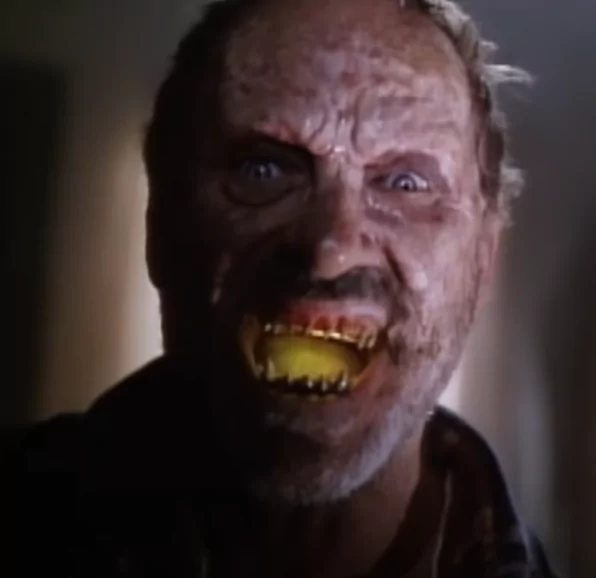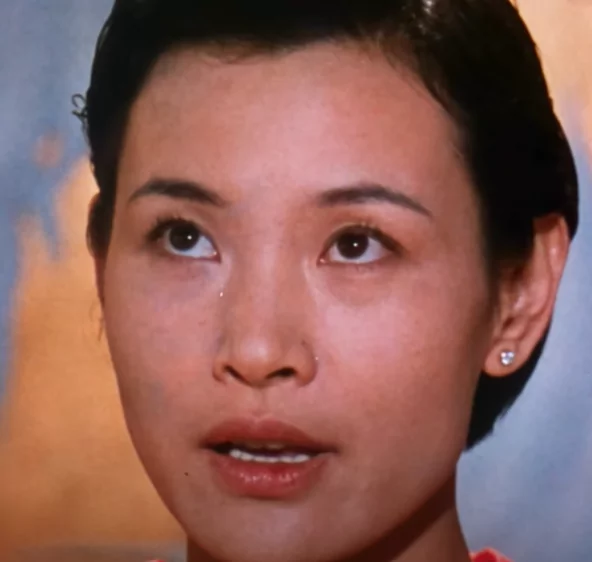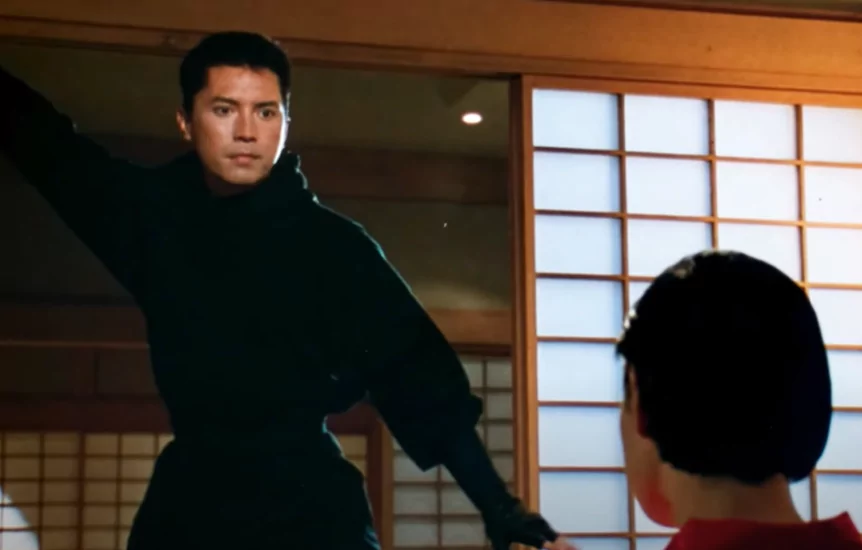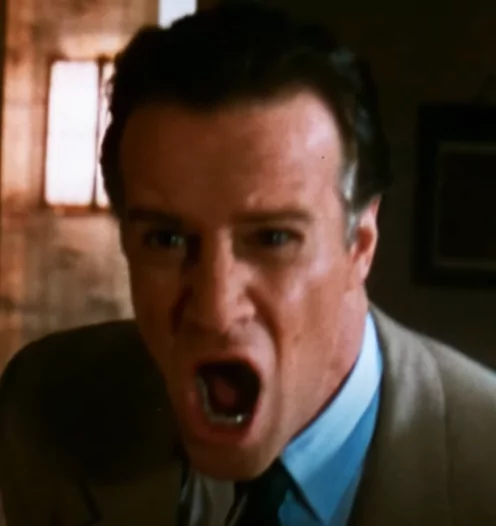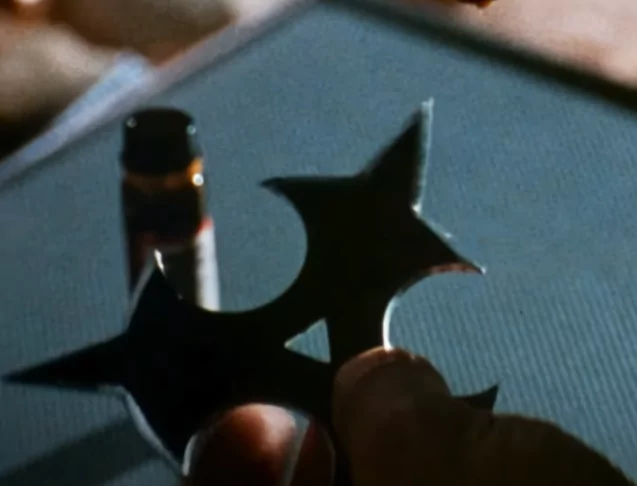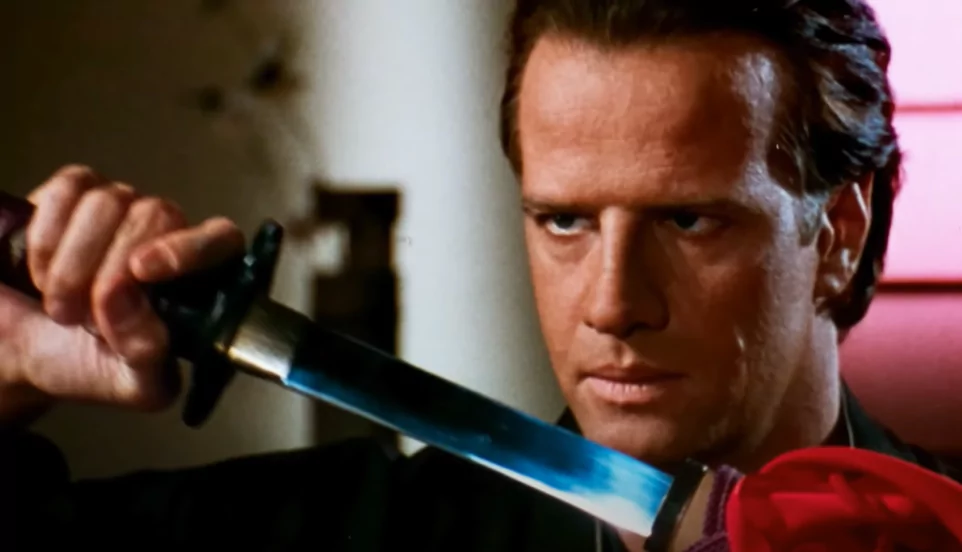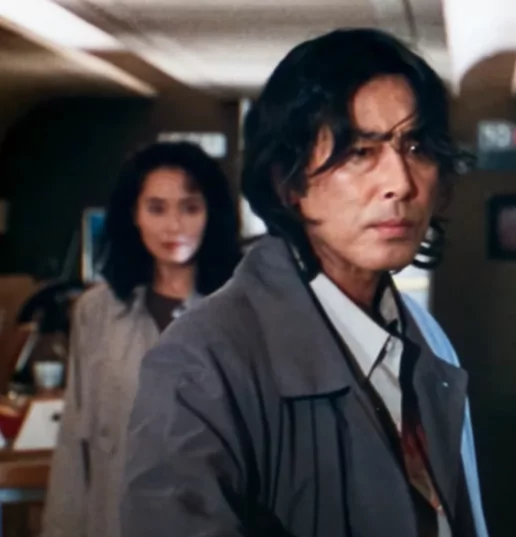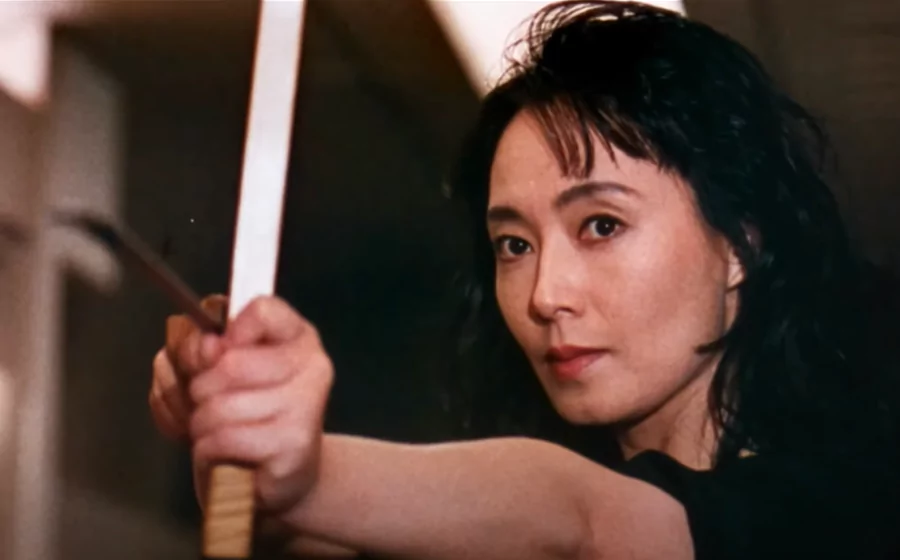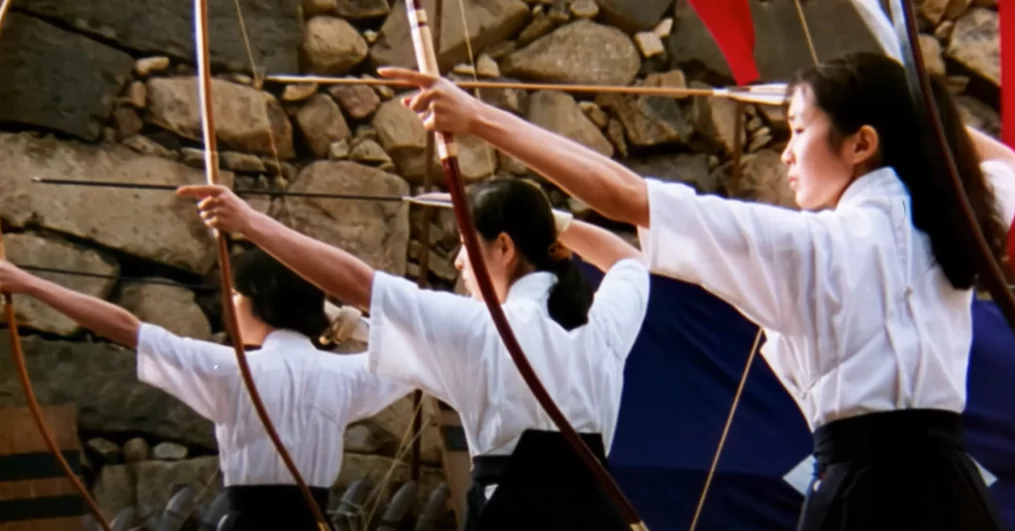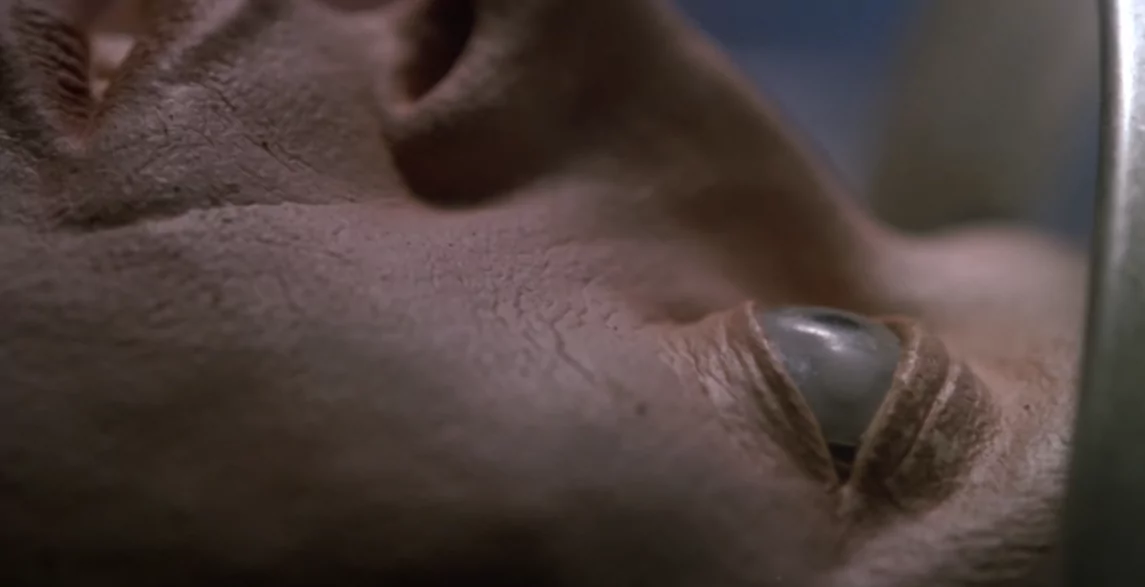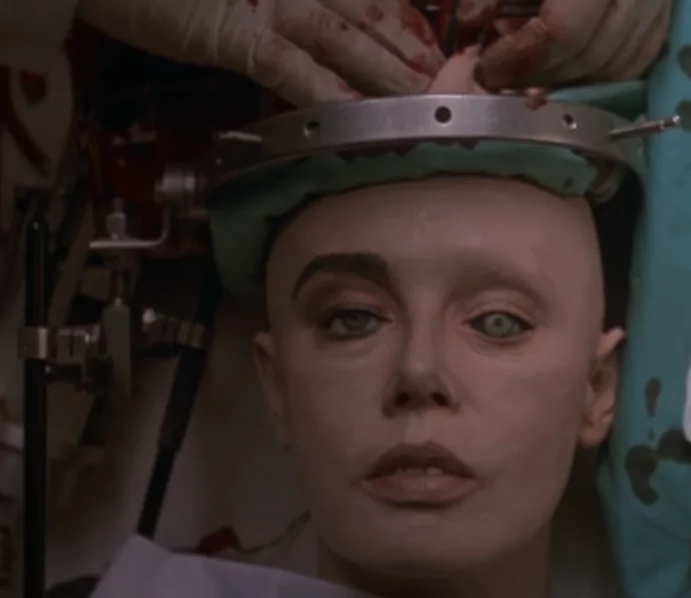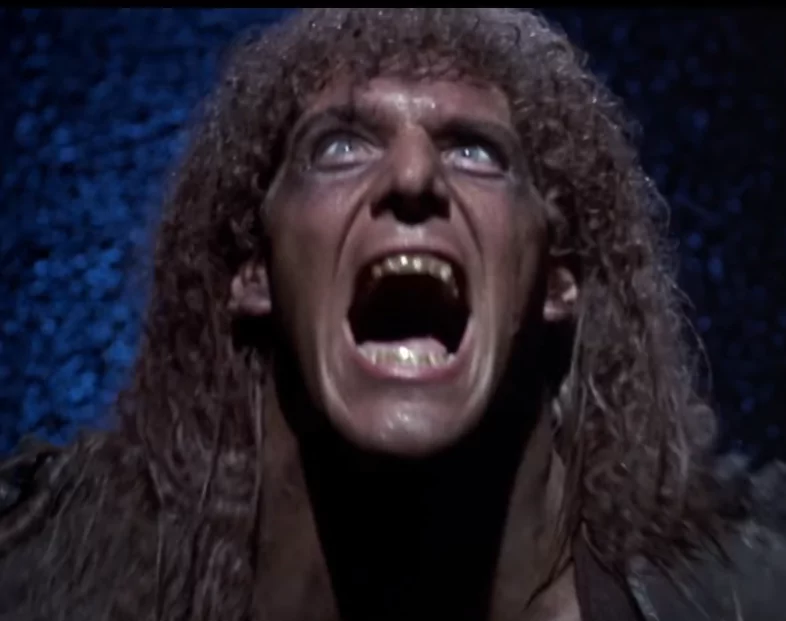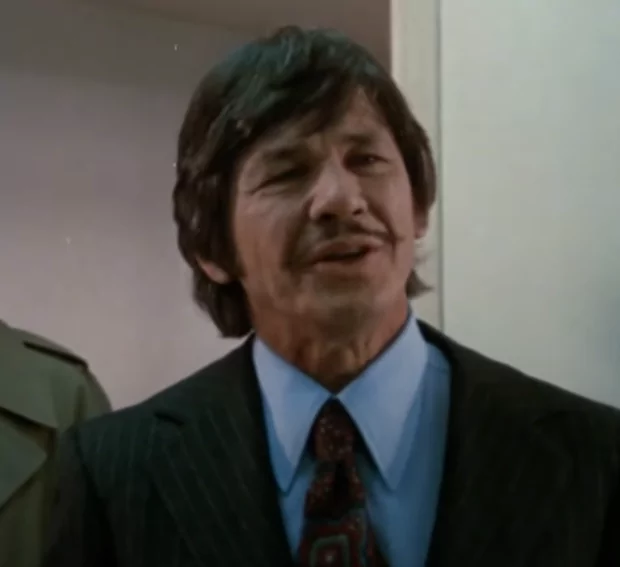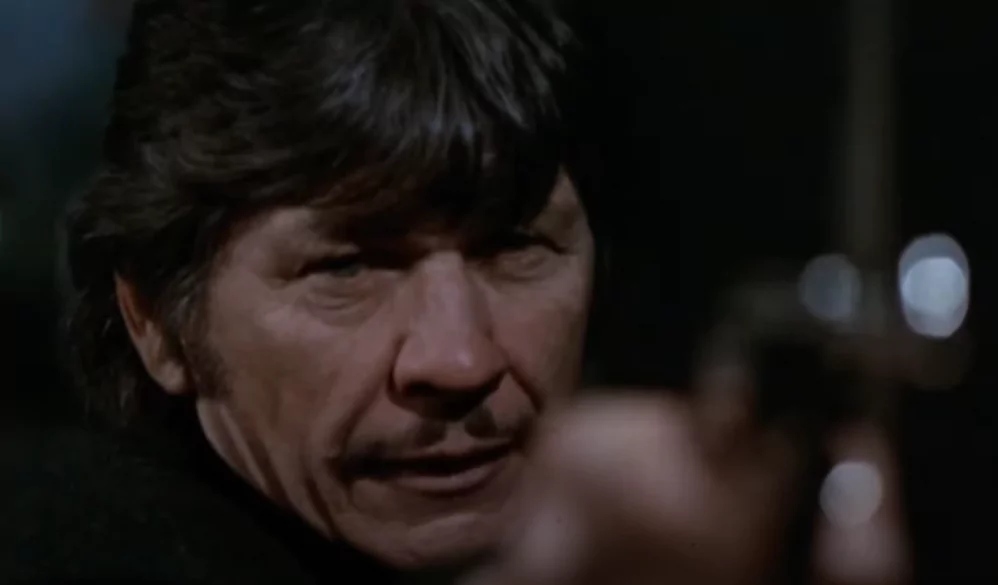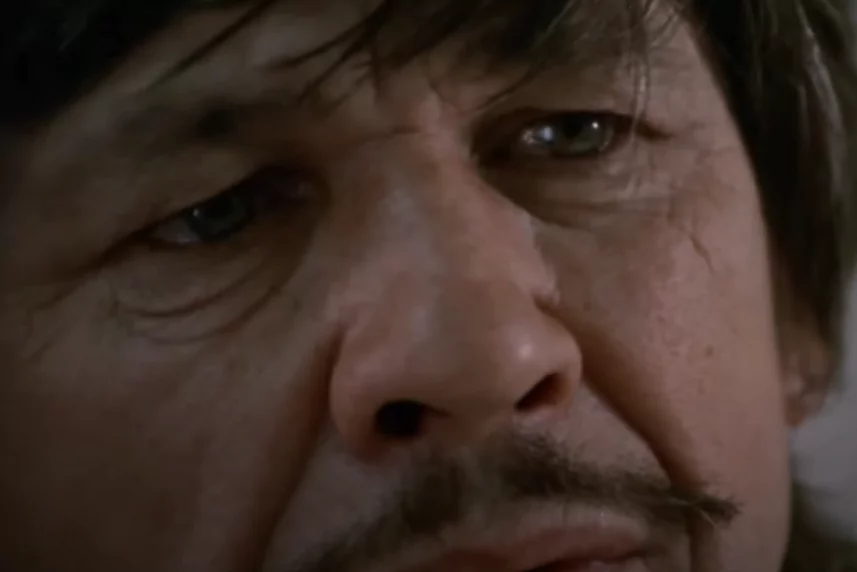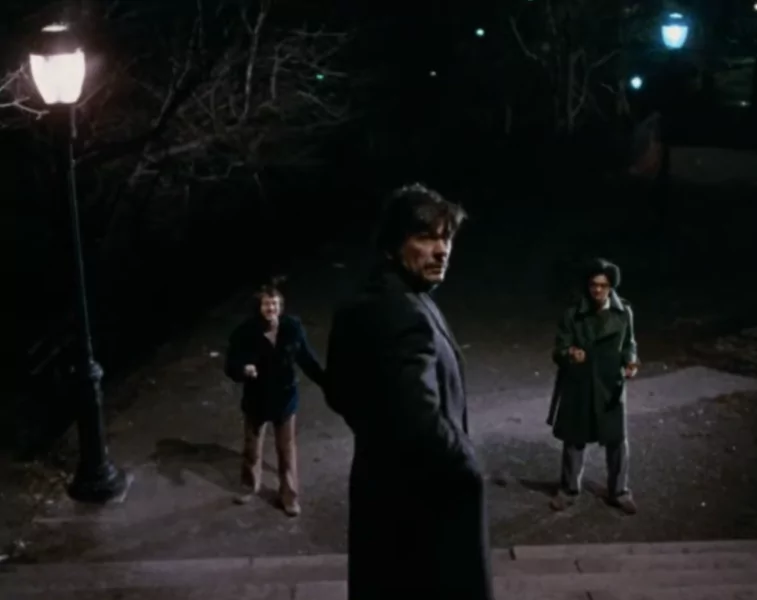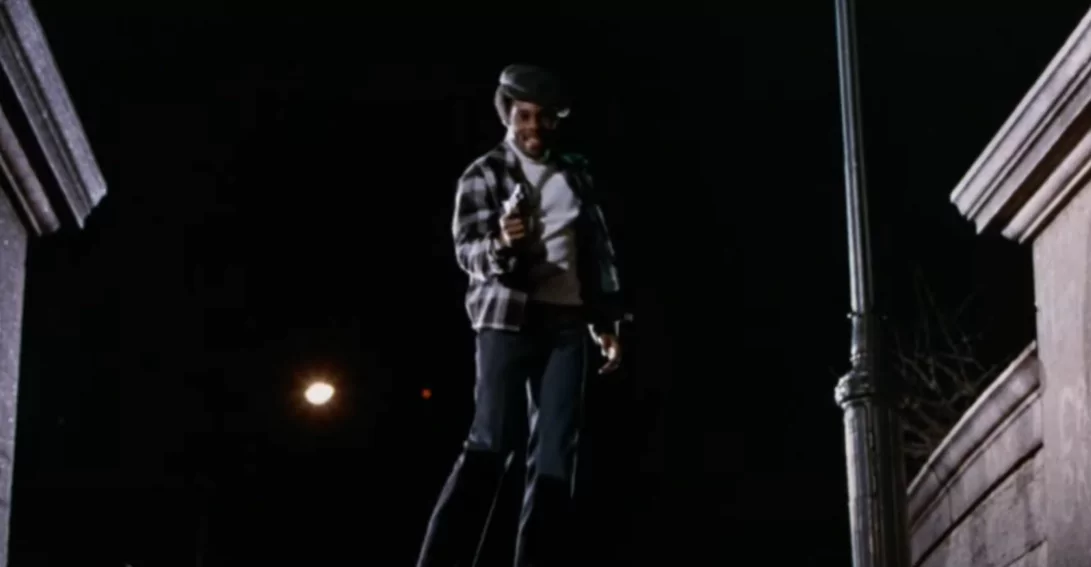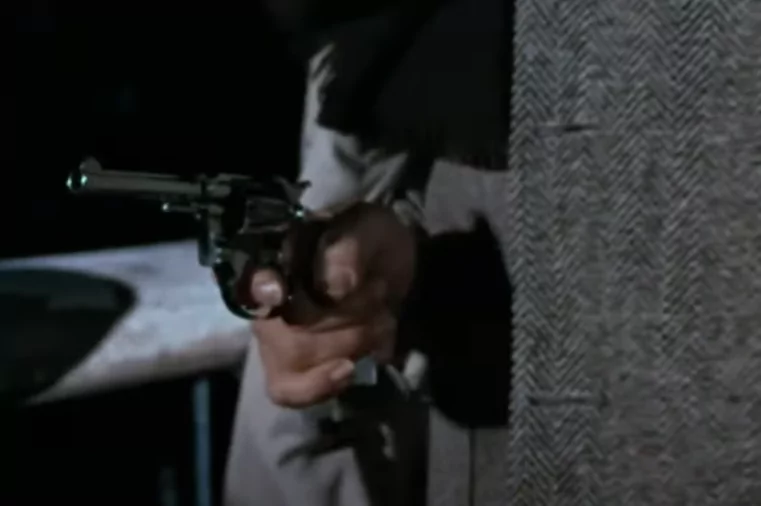More of my Favorite B Grade Movies
- Yadav B V
- May 1
- 7 min read
Updated: Aug 6

There's nothing more entertaining on a rainy afternoon at home than a B-grade movie to fill a timeslot with some silliness, courtesy of a movie that didn't quite hit the mark in terms of acting direction and plot points.
My Favorite B Grade Movies
In case you have gone through some of the awesome B Grade movies I covered earlier and want more, here are some more of my favorite B Grade Movies to liven your day, from a Tales from the Cryptkeeper movie to Charles Bronson's Death Wish.
1. Solo ( 1996 )

Solo is one of those movies that you know is bad, but will watch it anyway since nothing else is on TV ( when TV was the only option ). It therefore falls squarely in the so bad it's good option, sparing a few action scenes with good practical effects and action sequences. It's like halfway between Robocop and Terminator, but really bad lol.
Mario Van Peebles plays Solo, the powerful Cyborg akin to a weaker Robocop, who, while on a mission to do something destructive, has a change of heart and fights on the side of good, represented by innocent and harmless people, and against the military that sent him in the first place.

You do get to see Adrien Brody as Dr. Bill Stewart, a renowned surgeon who does a disservice to all medical doctors by playing such a geeky and unassertive character who takes a lot of time to do the right thing in the movie.
Barry Corbin plays General Clyde H, the madman out to use the Cyborg Solo to do evil things in the name of good ( pretty simple character, right ). You might remember Corbin in character roles in series such as One Tree Hill and lately, Young Sheldon.
Mario Van Peebles does a good job of portraying an emotionless robot that grows a metaphorical heart and helps save a village from destruction. I like the Rambo-inspired guerrilla warfare with low-tech weapons to take on a heavily armed military squad with strategic defensive gear and state-of-the-art weapons.
The thermal vision of the Cyborg Solo is not bad and is watchable, along with the not-so-great acting of the villagers under attack.

Tales from the Crypt has always been more popular as a series than the movies associated with the franchise. The series has been known to be a mix of horror and unintended comedy, which I found highly entertaining.
The Demon Knight movie is actually highly watchable if you ignore the sub-par direction and predictability. The storyline of this movie is pretty good with a detailed plot where demons fight over control of the Earth through an ancient artifact that is filled with the blood of Christ. A group of unlikely strangers gets holed up in a Church that was converted into a boarding house, with one of them named Frank Brayker, played by William Sadler, in possession of the powerful artifact.
Enter the demon who goes by the moniker "The Collector," played by Billy Zane, who brings his signature screen presence and acting talent to bear on screen. As Shawn Spencer from Psych would say, it is his Billy Zaniness. In his efforts to gain the artifact, "The Collector" corrupts the people in the boarding house, takes control of one of them to kill the others and directly attacks them when all else fails.
Jada Pinkett Smith plays Jeryline, the ex-convict on work release, and Brenda Bakke plays Cordelia, a lady of the night. Whereas Dick Miller plays Uncle Willy, the harmless drunk, and CCH Pounder plays Irene, the owner of the establishment where all these characters are trapped. The ubiquitous Thomas Haden Church plays Roach, a cook with a weak-willed mind.
Check out a review of The Unbearable Weight of Massive Talent
As always, John Kassir voices The Crypt Keeper, who is a favorite of anyone who has watched a few episodes of Tales from the Crypt.

You can't help but relate the characters trapped in the boarding house with the seven deadly sins mentioned in the Bible, with Bakke's Cordelia representing Lust, being the first one to get controlled by The Collector. Uncle Willy probably represents sloth, Jeryline signifies anger, and so on. But this is just speculation, and I haven't come across any research indicating the same is true with regard to what the writers or director had in mind while creating the characters.

Easily one of the best movies I've ever watched, The Hunted gets a bad rap due to a few mistakes that could be easily overlooked. I mean, a bit of overacting in a few scenes never put anyone off an amazing movie, right? Also, who cares if the plot is a bit predictable in places?
The Hunted, according to me, is a really enjoyable movie with tales of honor, revenge, and bravery all woven into a great story with even better execution.
The story begins with Christopher Lambert as Paul Racine, a techie from New York who has a one-night stand with Kirina, which ends with a mysterious Ninja assassin named Kinjo killing her and attacking Racine, leaving him for dead. This follows an intense battle between two Ninja clans, with Racine being caught in the middle of their feud and being used as a pawn.
There are two major Ninja clan fight scenes, some comedy, and an impressive show of the raw strength a Ninja commands through training and conditioning. One of the scenes shows the Tokyo police asking the leader of a Ninja to surrender the weapon that the Samurai consider their soul and fighting spirit, leading to the Samurai breaking his sword in half before presenting it to the cops.

John Lone as Kinjo does an admirable job of acting in a movie with set limitations and uplifts the movie to something worth watching. After all, the hero can only shine next to a truly formidable Big Bad. Lone has had a storied career with everything from playing the Heavy in the awesome sci-fi superhero movie The Shadow to a crime boss in Rush Hour II.
Joan Chen as Kirina does a lot with the little screen time she's given, haunting Racine as a beautiful phantom that never leaves the corners of his mind. Yoshio Harada plays Ijuro Takeda the relatively good Samurai who is feuding with Kinjo.
You might like Top 10 Movies to Watch When Working From Home
I like the background score that resounds with drumbeats whenever Kinjo is around or is preparing to strike, and also the fight scene on a bullet train, which has been filmed well ( I notice that bullet train fight scenes are common in movies filmed in Japan ). Also admirable is the cinematography covering the beauty of Japan in its rural prefectures.

In a dystopian future where a plague called the "living death" has decimated civilization, a cyborg courier named Pearl Prophet, played by Dayle Haddon, has to deliver vital medical data from New York to Atlanta, where the remaining members of a scientific society are working on a cure. Accompanied briefly by a bodyguard, Pearl's mission is hijacked by Fender Tremolo shortly after, a ruthless pirate leader who wants the cure for his personal gain.
Pearl is captured and taken hostage, setting off a pursuit by Gibson Rickenbacker, played by Jean-Claude Van Damme, a hardened mercenary known as a "slinger," who has his own vendetta against Fender Tremolo, played by Vincent Klyn. Along the way, Gibson teams up with Nady Simmons, a survivor looking for purpose after losing her family to the plague.
The final battle in Atlanta is brutal and personal, leading to a climactic battle that tests Gibson's strength, resolve, and humanity. In the end, the fate of the cure and the survivors rests on those still willing to fight for something beyond survival.
There are few things more iconic than the Jean Claude Van Damme split that you get to see in this movie, which is often referenced, such as when Charles Boyle tells his captain he attempted the same while drunk in the Brooklyn Nine-Nine series. The violence in this movie is slightly funny, considering the acting, which is a bit wooden, if not for the graphic action scenes, which are well done.

Death Wish (1974) remains one of the most controversial and influential films of its era, both as a gritty crime drama and as a reflection of the sociopolitical mood of 1970s America. Set against a backdrop of rising crime, racial tensions, and declining faith in law enforcement, the film captured the widespread anxiety and helplessness felt by many urban dwellers at the time.
Also significant and completely enjoyable is the completely wooden expression of Charles Bronson, which is a given throughout the movie and is the source of countless memes today.
Charles Bronson’s Paul Kersey starts as a liberal, pacifist architect, but after the brutal murder of his wife and assault of his daughter, he transforms into a vigilante, roaming the streets at night and gunning down muggers. The transformation is not just about revenge; it reflects a deeper psychological and cultural fracture — the sense that ordinary people must take justice into their own hands when the system fails them.

Director Michael Winner offers little moral clarity, and the film pointedly refrains from portraying Kersey’s actions as either heroism or villainy. Instead, it becomes a mirror to society’s darkest impulses, presenting an unresolved ethical dilemma that continues to resonate. You even get the special treat of seeing a young Jeff Goldblum playing the role of a thug/goon, which is also a great reason to watch this movie.
In terms of its pop cultural relevance, Death Wish helped cement the vigilante figure in American cinema and popular consciousness, influencing later films like Taxi Driver, The Punisher, Gran Torino, and even John Wick. It gave rise to an entire subgenre of urban justice fantasies and spawned a franchise that extended well into the 1990s. Today, the themes of Death Wish remain strongly relevant.




